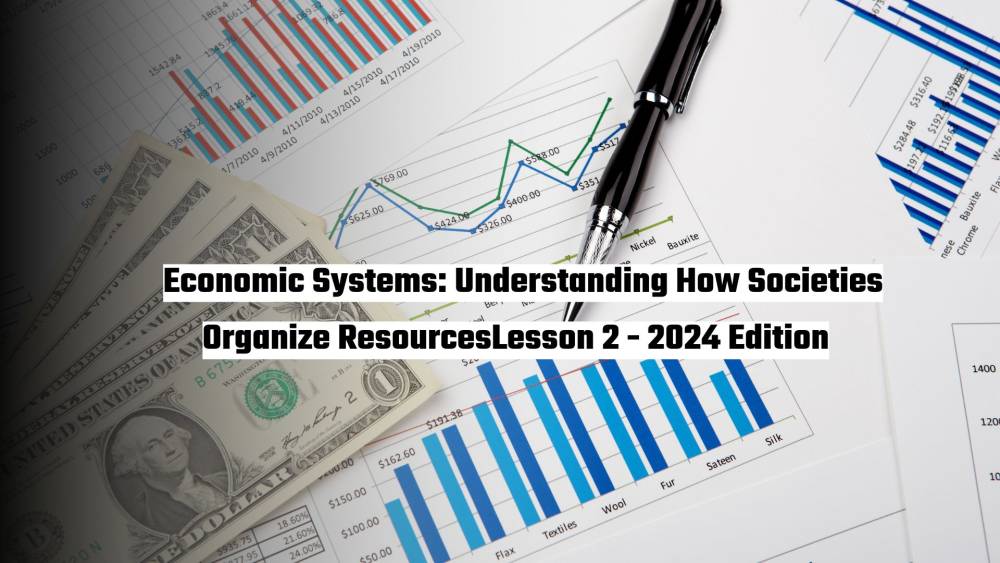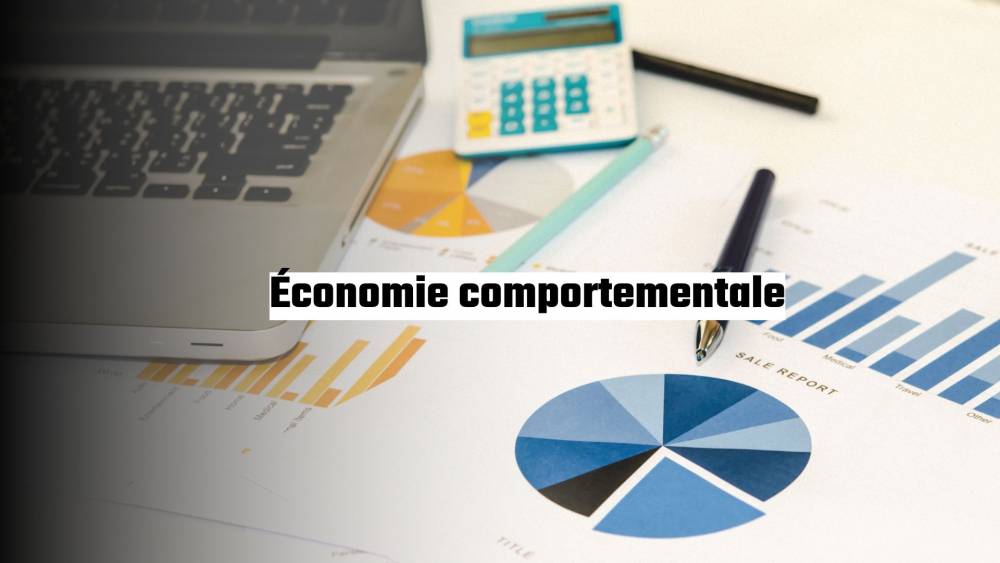Labor economics is a field that analyzes the behavior of workers and employers and how they interact in the labor market. Advanced topics in this area examine complex economic models, policy implications, and emerging challenges related to employment, wages, human capital, and inequality. As globalization, technological advancement, and demographic changes reshape economies, labor economics offers critical insights into the future of work.
1. Introduction to Labor Economics
Labor economics explores the dynamics of the labor market, including the forces of supply and demand, wage formation, employment patterns, and the role of institutions. Historically, the study of labor economics has evolved from classical economic theories to incorporate modern insights on market imperfections, power relations, and the effects of globalization.
The labor market is unique compared to other markets because it deals with human labor, where social factors like equity, law, and institutional frameworks play a critical role. In many cases, government policies intervene in labor markets to correct imbalances or inequities, making this field rich in both theoretical and applied research.
2. Labor Supply and Labor Demand
Labor supply refers to the number of hours workers are willing to offer at different wage rates, while labor demand reflects how many workers firms are willing to hire. Neoclassical models provide foundational frameworks for understanding these interactions, typically assuming that both workers and firms are rational actors aiming to maximize utility and profit, respectively.
However, real-world complexities such as worker preferences, social norms, and institutional factors often complicate these models. Additionally, labor supply can be influenced by non-wage factors, such as job satisfaction and work-life balance, while labor demand is sensitive to factors like productivity changes, technological innovations, and global competition.
3. Human Capital Theory
Human capital theory posits that investments in education, skills, and training increase worker productivity, leading to higher wages and better employment opportunities. This theory underpins many labor market policies that focus on improving access to education and vocational training to reduce unemployment and boost economic growth.
Returns to education can vary depending on factors such as field of study, level of education, and regional labor market conditions. While human capital investments are often seen as universally beneficial, there are limitations, such as diminishing returns or the risk of over-qualification in some job markets.
4. Wage Determination and Wage Structures
Wages are determined by a range of factors, including worker productivity, bargaining power, and market conditions. Classical theories of wage determination, such as marginal productivity theory, suggest that wages reflect the value of a worker’s output. However, real-world deviations, such as monopsony power (where a single employer dominates a labor market) and collective bargaining, can alter wage outcomes.
Wage structures also vary across different industries, geographic regions, and demographic groups. Factors such as gender, race, and education level play a significant role in wage disparities. Minimum wage laws and other regulatory interventions are often introduced to address these inequalities, though their effectiveness is widely debated.
5. Income Inequality and Labor Markets
Income inequality has become a central issue in labor economics, particularly in the context of rising disparities in many advanced economies. Inequality is driven by several factors, including technological change, globalization, and labor market institutions. The widening gap between high-skill and low-skill workers, often referred to as skill-biased technological change, has been a major contributor to income inequality.
Policy responses to income inequality range from progressive taxation to education reforms aimed at improving access to high-quality schooling for disadvantaged groups. However, the complexity of inequality means that no single policy solution is likely to be effective in isolation.
6. Unemployment: Types and Theories
Unemployment can take many forms, including frictional, structural, and cyclical unemployment. Frictional unemployment occurs when workers are temporarily between jobs, while structural unemployment results from mismatches between workers’ skills and job requirements. Cyclical unemployment is linked to the business cycle, with unemployment rising during recessions and falling during periods of economic growth.
Keynesian and classical economic theories offer different explanations for unemployment. While Keynesians argue that insufficient demand in the economy leads to unemployment, classical economists often emphasize labor market rigidities, such as minimum wages or trade union power, as the main culprits.
7. Labor Market Discrimination
Labor market discrimination occurs when workers with similar skills and qualifications receive different treatment based on characteristics such as race, gender, or age. This not only violates principles of fairness but also results in inefficiencies by preventing the full utilization of available talent.
Theories of discrimination include taste-based discrimination, where employers or consumers have a preference against certain groups, and statistical discrimination, where employers use group averages to make decisions in the absence of complete information. Addressing labor market discrimination requires both legal interventions, such as equal pay laws, and cultural shifts to promote diversity and inclusion.
8. Labor Mobility and Migration
Labor mobility refers to the movement of workers within and between labor markets. Migration, both domestic and international, plays a crucial role in labor market dynamics, especially in response to economic opportunities and disparities across regions. Migrant labor can help alleviate skill shortages, but it can also lead to tensions in local labor markets as competition for jobs increases.
Economic theories of migration, such as the push-pull model, explain why workers move in search of better opportunities, while empirical studies often focus on the effects of immigration on wages, employment, and economic growth.
9. Trade Unions and Collective Bargaining
Trade unions have historically played a significant role in shaping labor markets by advocating for better wages, working conditions, and benefits for their members. Collective bargaining allows workers to negotiate with employers on equal footing, thus addressing imbalances of power that can exist in individual employment relationships.
However, union membership has been declining in many advanced economies, leading to concerns about the weakening of workers' bargaining power and rising wage inequality. Nonetheless, unions remain important in certain sectors and regions, particularly where labor market protections are weaker.
10. Labor Market Regulation and Labor Law
Labor market regulations, such as minimum wage laws, occupational safety standards, and employment protection legislation, are designed to improve worker welfare and reduce exploitation. However, the effectiveness of such regulations is often debated, with critics arguing that they can lead to unintended consequences such as higher unemployment or reduced competitiveness.
Informal labor markets, where workers operate outside formal legal protections, present a particular challenge for regulators. Labor law reforms are often driven by the need to balance flexibility with security, ensuring that workers are protected without stifling economic growth.
11. Labor Market Flexibility vs. Job Security
Labor market flexibility refers to the ease with which employers can adjust their workforce in response to changing economic conditions. While flexibility can lead to increased efficiency and economic growth, it can also result in job insecurity, particularly for workers in temporary or gig-economy roles.
The concept of "flexicurity" seeks to strike a balance between flexibility and security by combining labor market reforms with strong social safety nets. Countries that have successfully implemented flexicurity, such as Denmark, have seen lower unemployment and greater economic resilience.
12. Technological Change and Labor Markets
Technological change, particularly automation and artificial intelligence (AI), is transforming labor markets by displacing certain types of jobs while creating new opportunities in emerging sectors. This process, known as creative destruction, can lead to significant short-term disruptions as workers need to retrain and adapt to new industries.
Skill-biased technological change refers to the increasing demand for high-skill workers, particularly those with advanced technical or cognitive abilities. Policies aimed at mitigating the negative effects of automation include retraining programs and education reforms to help workers transition to new industries.
13. Globalization and Labor Economics
Globalization has had profound effects on labor markets, particularly in terms of wage inequality and employment patterns. While globalization has led to increased economic growth and job creation in some regions, it has also contributed to the polarization of labor markets, with high-skill workers benefiting disproportionately compared to low-skill workers.
Offshoring and outsourcing have shifted many manufacturing and service jobs to lower-cost countries, leading to job losses in some advanced economies. However, globalization also offers opportunities for labor market adjustment through trade and investment in high-value industries.
14. Aging Population and Labor Markets
As populations age in many advanced economies, labor markets face new challenges related to the declining availability of workers and increased demand for healthcare and social services. An aging workforce can also impact productivity, as older workers may have different skill sets or physical capabilities compared to younger workers.
Retirement policies, such as raising the retirement age or encouraging flexible working arrangements for older workers, are key areas of focus for policymakers seeking to address the economic challenges posed by aging populations.
15. Future Directions in Labor Economics
Looking ahead, labor economics will continue to evolve in response to emerging trends such as remote work, digital nomadism, and the global competition for talent. The future of work will be shaped by advancements in technology, environmental sustainability, and social inclusion.
As climate change becomes a more pressing issue, labor markets will need to adjust to the rise of green jobs and sustainability-focused industries. Moreover, inclusive labor markets that promote diversity and reduce inequality will be critical for ensuring long-term economic growth and stability.
FAQs
1. What is labor economics? Labor economics is the study of how labor markets operate, focusing on the supply and demand of labor, wage formation, and the interaction between workers and employers.
2. How does technological change impact labor markets? Technological change can displace certain types of jobs, particularly those that are repetitive or routine, but it also creates new opportunities in emerging industries, leading to a shift in the types of skills demanded by employers.
3. What is the role of trade unions in labor economics? Trade unions advocate for workers' rights, negotiating better wages, benefits, and working conditions through collective bargaining. They help balance the power dynamics between employers and workers.
4. How does globalization affect labor markets? Globalization has led to increased economic integration, which has created new job opportunities in some regions while contributing to wage inequality and job losses in others due to offshoring and outsourcing.
5. What is the gig economy? The gig economy refers to a labor market characterized by short-term, flexible jobs, often facilitated by digital platforms. While it offers flexibility, it can also lead to job insecurity and lack of benefits for workers.
6. How can policymakers address income inequality? Policymakers can address income inequality through a combination of progressive taxation, education reforms, and labor market regulations aimed at improving access to high-quality jobs for disadvantaged groups.

































